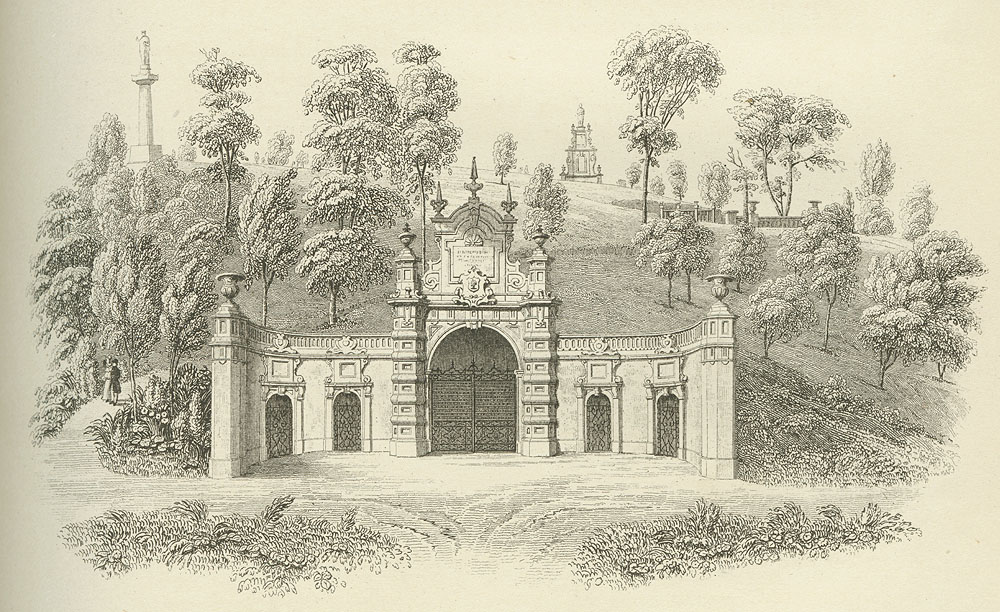John Bryce, 1833
Glasgow Necropolis was modelled on Pere-Lachaise in Paris and has been described as one of the true marvels of historic Glasgow. It was opened in 1833, the idea of James Ewing, a prominent West Indian merchant.

Ewing’s father, also James Ewing, owned the largest sugar plantation in Jamaica. Ewing junior assumed control in 1814. He also served as Lord Provost, Lord Dean of Guild and was an M.P. for Glasgow. He proposed the idea for The Necropolis in 1828, and The Merchants House took control of the project.
Lord Provost Ewing laid the foundation stone in 1834. He died in 1853 and left £280,000, which has been estimated to be equivalent to more than £22 million today. His granite sarcophagus in the Necropolis was sculpted by John Mossman, the pre- eminent Glasgow sculptor of the age.
In time the Necropolis became the most fashionable place to be buried in the burgeoning Victorian city. Many merchants were buried there. In contrast to the many whose memorials were funded by slave income, Glasgow’s opposition to slavery is represented by the memorial to the Rev. Ralph Wardlaw who became one of the leading slavery emancipationists in Britain after 1833.
